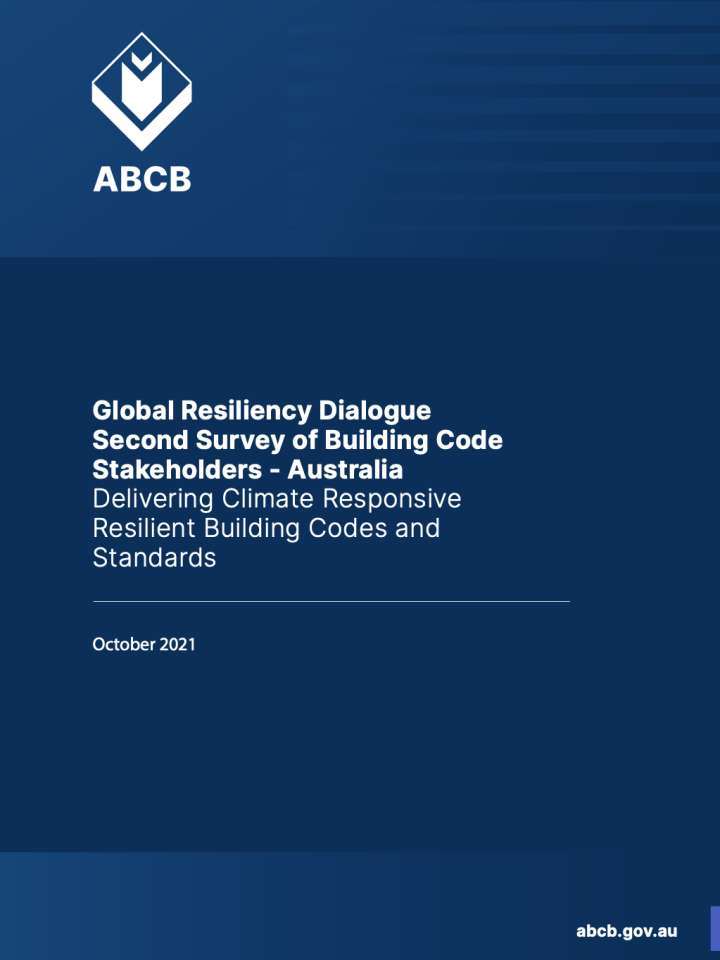Delivering climate responsive resilient building codes and standards: Australia
This report provides a high-level analysis and discussion of the responses close to thirty Australian building code stakeholders gave when they were invited to share their views and opinions on both the climate science and technical challenges and opportunities for enhancing resilience outcomes within the context of building codes and standards. The challenges posed by climate change have been seriously debated in Australia for over two decades. The continent is vulnerable to a range of natural hazards including bushfires, storms, hail, tropical cyclones, floods, coastal inundation and extreme heat. It is estimated that natural disasters influenced by the climate cost the Australian economy $38 billion per year on average. A high emissions scenario could see annual costs rise to $94 billion by 2060.
The overarching finding was that all the stakeholders who responded to the CANZUS survey support and appreciate the diverse impacts, barriers and drivers when it comes to climate adaptation and resilience for new buildings. The urgent need to investigate how building codes and standards can best reduce vulnerability risks to Australia’s current and future building stock from changing climate and natural hazards was one of the key messages. The survey findings also outline several areas that remain to be addressed in order to better inform important policy discussions on the role of the codes in addressing climate resilience, establishing the performance targets and acceptable levels of risk, and having the strong evidence to support regulatory impact assessments. Climate models, scenarios and time lines for projections are all important in this regard. Finally, the involvement of decision makers at all levels of government, industry, finance/insurance and the community in a coordinated manner was seen as a critical success factor in enhancing building resilience.
Explore further

